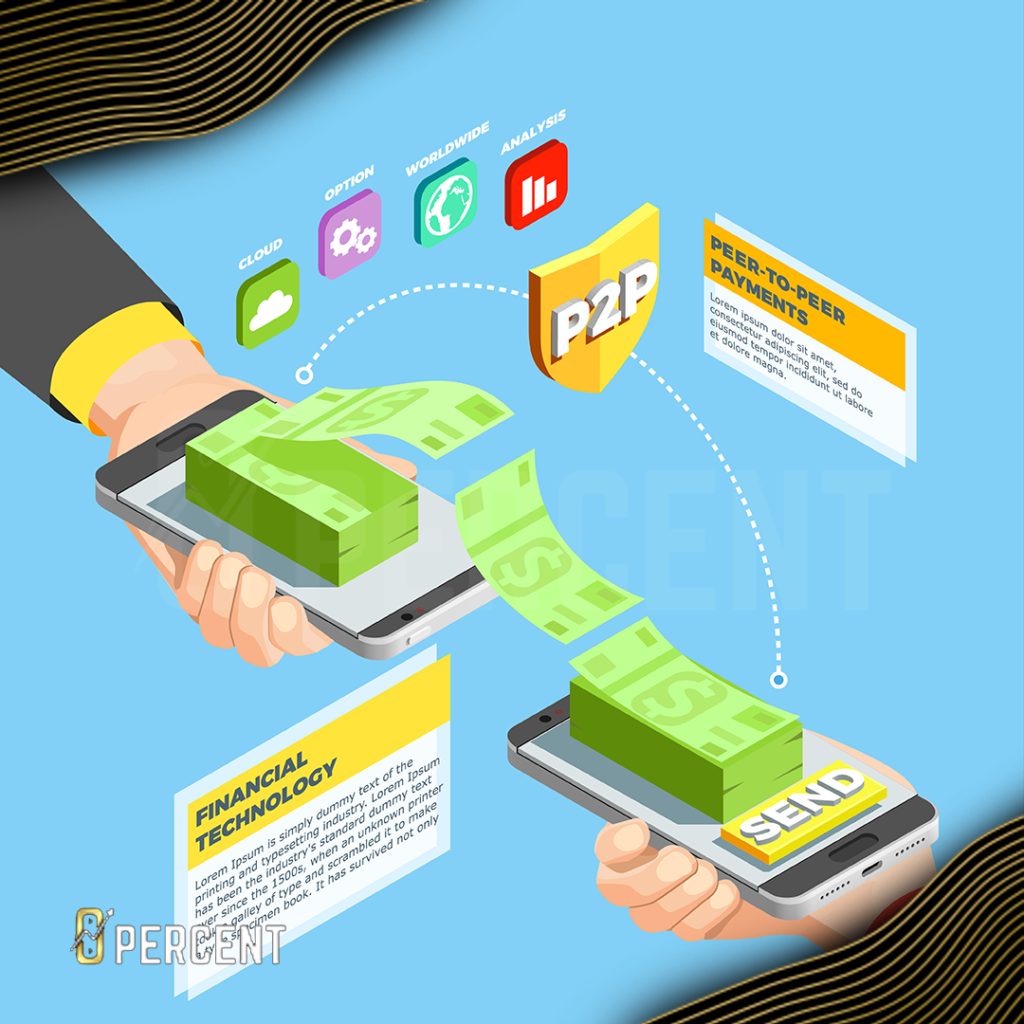
Jeff Sekinger
Jeff Sekinger Founder & CEO, 0 Percent Who is Jeff Sekinger? Visionary Trailblazer Sekinger has been in the financial industry for over a decade. Starting
Fintech, or financial technology, is rapidly evolving and many of the new technologies which have recently emerged in this space are poised to forever change the way we lend capital. Just as digital banking changed the lending landscape in recent decades, DeFi is going to be another benchmark of irreversible change in this space. Here are a few ways new emerging technologies are changing the lending paradigm.

Alternative Credit Scoring Methods
Traditional credit measuring methods, like FICO scores, have always relied on factors like credit history, debt to income ratio, and even payment history to determine whether a loan applicant is creditworthy. Because those with limited credit history or those who have faced financial challenges, but are otherwise reliable, may have a lower credit score, traditional methods of determining creditworthiness are now being expanded to include utility payment history, social media activity, and even cryptocurrency usage. These new ways of gauging a person’s financial creditworthiness come with both pros and cons, for example connecting a person’s social media activity to their ability to obtain a loan might be seen as a slippery slope.
Peer to Peer Lending
Peer to peer, or P2P lending is a growing area of development that might revolutionize the way people procure financial loans. With the advent of cryptocurrency and decentralized banking applications, P2P lending has the potential to do away with traditional banking institutions as the primary means of loan procurement. P2P lending allows a person to obtain a loan from another person via dApps or some other decentralized exchange. Advantages of P2P lending include being able to procure a loan without having satisfactory credit, which may be of immense help to many people. However, because P2P loans are procured usually from individual lenders, the safeguards and protections that would normally be provided by and through large institutions are absent. This can make P2P very risky for all parties involved in the transaction. Furthermore, P2P lending may have high interest rates due to the higher risk involved.
Crowdfunding
Crowdfunding has become more and more mainstream in recent years. Crowdfunding can provide a way to raise money for an individual, group of people or even a cause without the need to engage with financial institutions. Crowdfunding is an alternative way for individuals and businesses to invest and grow their financial aspirations using digital technology and perhaps in the future by using dApps.
While fintech is expanding the way we can obtain and repay loans, these new alternatives come with many potential drawbacks. One main concern is predatory lending practices, which without the traditional safeguards afforded by the traditional system may make the loan more risky than it’s worth. It is imperative that borrowers research and compare all available options before acquiring a loan, and that they fully understand the conditions of repayment.
While there are still challenges to overcome, such as predatory lending practices and the need for education and regulation, fintech has the potential to greatly increase access to credit and improve the efficiency of the lending process.

Jeff Sekinger Founder & CEO, 0 Percent Who is Jeff Sekinger? Visionary Trailblazer Sekinger has been in the financial industry for over a decade. Starting
Sign up to receive news & updates!
Sign up to receive news & updates!